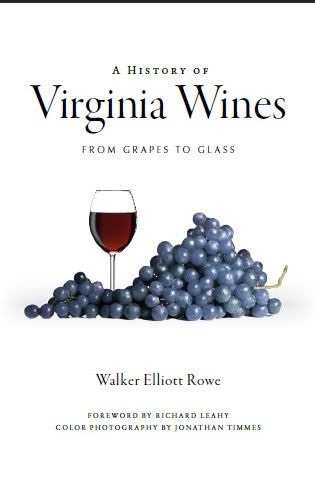Farmers have found a new use for barley beside making beer. Barley, in particular hull-less barley, can be used to make ethanol.
The Chesapeake Bay foundation has prepared a report which they handed out at the August Virginia Biofuels Seminar. In it they worry than the increase in prices paid for corn will cause farmers to plant more. Corn they point our requires lots of nitrogen and phosphorous fertilizer. Nitrogen fertilizer when it is applied to the soil turns into ammonium which drifts off into the air and nitrates which can infiltrate the ground water if they are not taken up by plants. Phosphates have a triple negative electrical charge so they bind to positively charged clay colloids found in the soil. So phosphates by themselves do not leach into the groundwater and run off into streams. What causes phosphate buildup in the Chesapeake bay is soil erosion. Phosphates in the bay cause algae blooms which snuff out oxygen and thus fish and can cause entire dead areas in the ocean as it had done at the mouth of the Mississippi.
The answer to this says the Foundation is to plant winter cover crops and of course something besides corn. These cover crops will take up unused nitrogen from the soil and curtail soil erosion. They further say that grassland is preferred to corn and for this reason are endorsing biodiesel from warm season grasses and ethanol production from barley.
No ethanol plant is yet opened in Virginia while one is planned for Norfolk and two for Baltimore. These of course will be on the water where barges and ships from the Midwest can ferry their corn. Pointing toward the sea they have their backs turned on Virginia agriculture. How does this help the Virginia farmer? It does not.
Instead it would be better to source biomass needed for fuel from local sources. Virginia farm land is expensive and while we have wide open spaces nothing is as wide open as the plains of Kansans and Iowa. Plus their soils are superior for growing corn because of their water and nutrient holding capacity. Another alternative to corn is proposed for Virginia: barley.
I always find it fascinating that for every aspect of agriculture you can think of you can be certain you can find a scientist somewhere in the Cooperative Extension Service somewhere who is expert on this topic. In these bad economic times where people are wondering how government can help even libertarians would agree that the USDA agriculture extension is helpful to the average citizen, especially to farmers.
So it is with Wade Thomason who has found a market for prospective Virginia barley farmers and offers advice. He says “Most people associated barely with beer. Not Virginia barley.” The challenge for the biofuels market is, “How can we increase ethanol production without depleting corn?” Barley is excellent for, “The cost of growing barely is significantly less than for corn.” Barley grows in cold weather which is why it used for a cover crop which has already mentioned as a way to reduce soils erosion. Further Dr. Thomason says barley improves compacted soils because their roots break find and open up fissures in the soil.
Hulless Barley is better than other varieties of barley because, as Dr. Thomason says, it has “Higher Starch, Higher Protein, Lower Ash, and Lower Fiber”. There is increased interest in Virginia barley with recently newspaper articles entitled “Virginia barley could find its way to your gas tank”, “Virginia Farmers Hope Hull-less Barley Grows into a Moneymaker” appearing in “The Virginia-Pilot’ and “Farm Bureau News”. Thus USDA is pushing barley with a Maryland Cover Crop program that pays a $10 to $15 per acre for growing hull-less barley.
The use of corn for ethanol has of course come under criticism because of recent food riots in Asia and because higher corn prices cause higher food prices because cattle and pork are fed corn in confined feeding operation to fatten them up. Still barley is not without some cost disadvantage. Dr. Thomason says, “Wheat or hull-less plant would cost 5-10% more to build than a corn plant and 2 to 3 cents more per gallon in production. Hulled barley plant would cost 20-30% more to build and adds about 5 cents more per gallon to the cost of production.” With gas costing $4 per gallon, 5 cents does not seem like much of an issue.
Dr. Thomason wraps up saying that hulless barley is superior to hulled barley because it can produce 2.27 gallons of ethanol per bushel versus 1.64 gallons. He also says, “Osage Bioenergy plans to open a multigrain ethanol facility near Hopewell. It’s not done yet, but they are having a groundbreaking ceremony on Friday so it’s closer than anything else at this time. They can use almost any grain, but they hope to run on mostly barley, both hulled and hulless.”









No comments:
Post a Comment